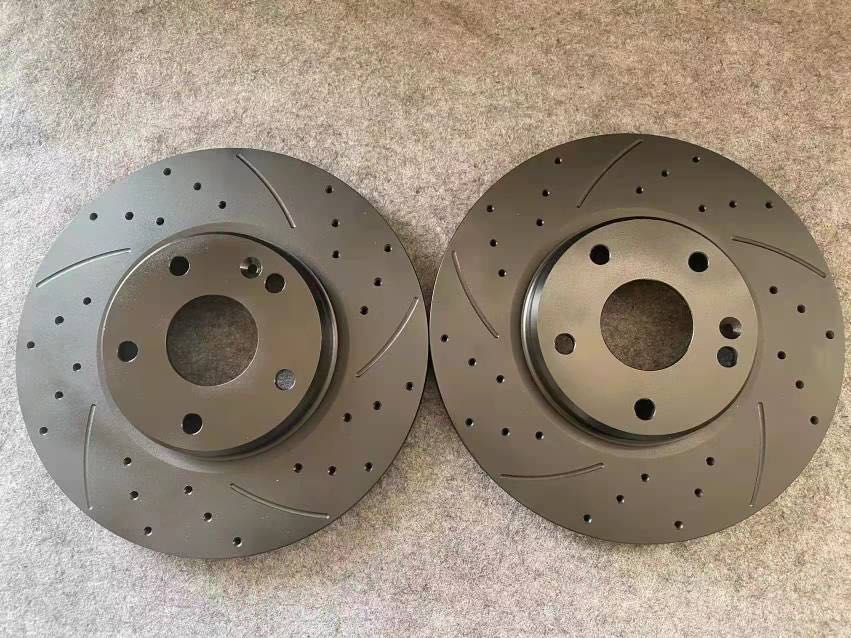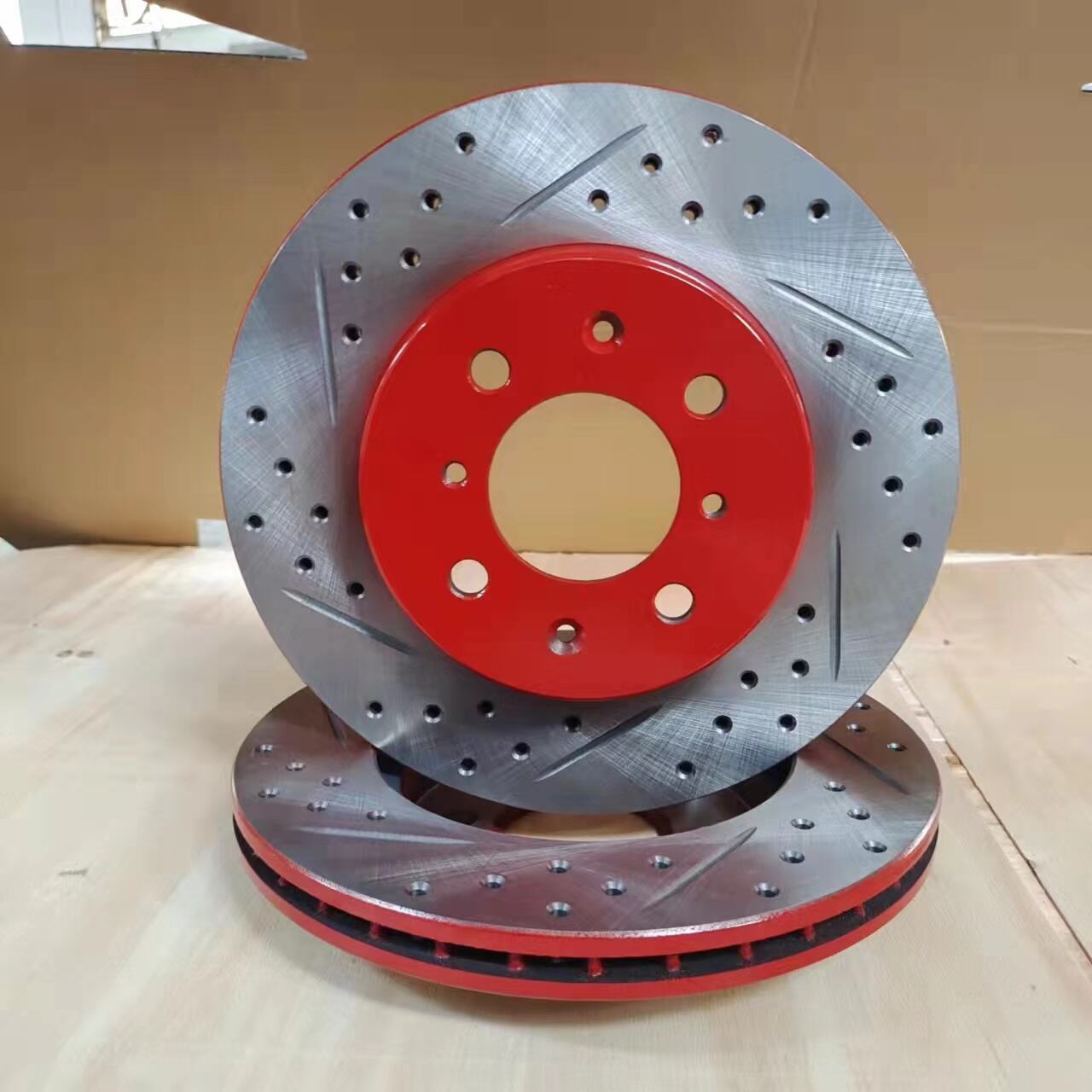
דיסקים להאטת מנוע שתוכננו במיוחד לרכב של Li Xiang (Li Auto) עונים על דרישות הבלימה הייחודיות של רכבים חשמליים עם טווח מורחב (EREVs), המשלבים בין בלימת שיקום של מנוע חשמלי לבין בלימה קונבנציונלית בעזרת חיכוך. הדסקים חייבים להתאים את התפלגות המשקל הייחודית ואת מאפייני תיבת ההילוכים של דגמים כמו Li Xiang ONE ו-Li Xiang L9, אשר לרוב שוקלים בין 2,500–2,800 ק"ג בשל מערכות הסוללות, תוך שמירה על תחושת בלימה עדינה כפי שמצופה מרכבים פרימיום. התחשבויות בהנדסה מתמקדות בניהול תרמי של מערכת הבלימה המשולבת, שבה רכיבי החיכוך עשויים לסבול משימוש מופחת אך לא אחיד בהשוואה לרכב קונבנציונלי. בחירת החומר נעשית לרוב מתוך סגסוגות ברזל עשירות בפחמן עם מוליכות תרמית ושיעור חום גבוהים יותר כדי להתמודד עם החום הנוצר במהלך פעולות בלימה מלאות כשאין אפשרות או אין די בכושר שיקום. עיצובי הדסקים כוללים לעתים קרובות תצורות של דופן פנימית המותאמות לצורת זרימת האוויר הקooled, כאשר צורת הדופן ומספרן מחושבים במיוחד עבור אסם הציר וחיבורי הגלגל של Li Xiang. מקרה מודocumented של מפעילי צי מדגים כיצד דיסקי בלימה ייעודיים פתרו בעיה של שינוי מוקדם במשטח הדסקים ברכבי Li Xiang המשמשים בשירותי רכיבה עם תדירות עצומה של עצירות באזורי ערים. אפשרויות טיפול בפני השטח כוללות שכבת הגנה גאומטרית למניעת קורוזיה על פני שטח שאינם חלקים חוסמים – חשוב במיוחד ברכבים חשמליים שיוצרים פחות חום בלימה כדי לשרוף את חומרי החימצון על פני השטח. מאפייני רעש, רטט וחריפות (NVH) מקבלים תשומת לב מיוחדת באמצעות דופן קרינית משופתת והפצת מסה מאוזנת, כדי למנוע נזיפה בתדר נמוך מהבלם, שכיחה ברכבים כבדים. תהליך הייצור כולל בקרת יציאה מיוחדת במהלך עיבוד מכני כדי לעמוד בדרישות התאימות המדויקות של Li Xiang למערכות בלם חניה אלקטרוניים. אימות הביצועים כולל בדיקה על דינמומטר התמד, תוך סימולציה של התפלגות המשקל הייחודית של הרכב ודפוסי השיקום שלו. לדיסקי בלימה ייעודיים المتوافق עם דגמי רכב של Li Xiang, אנו מספקים מסמך טכני מקיף הכולל הליכי התקנה, המלצות להפעלה ראשונית ומאפייני ביצועים דרך מחלקת רכיבי EV.
